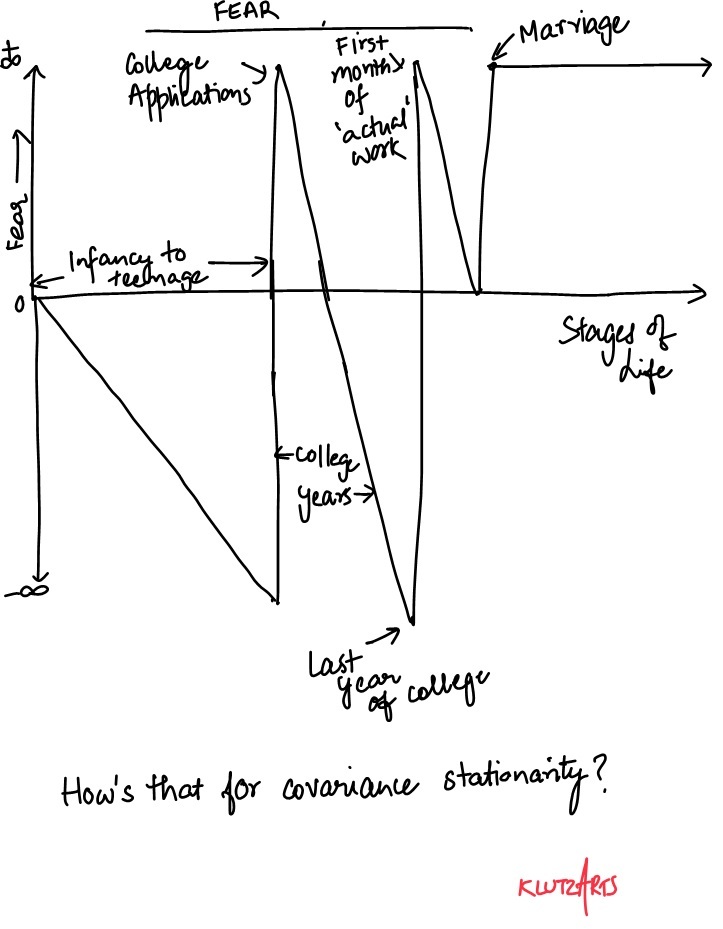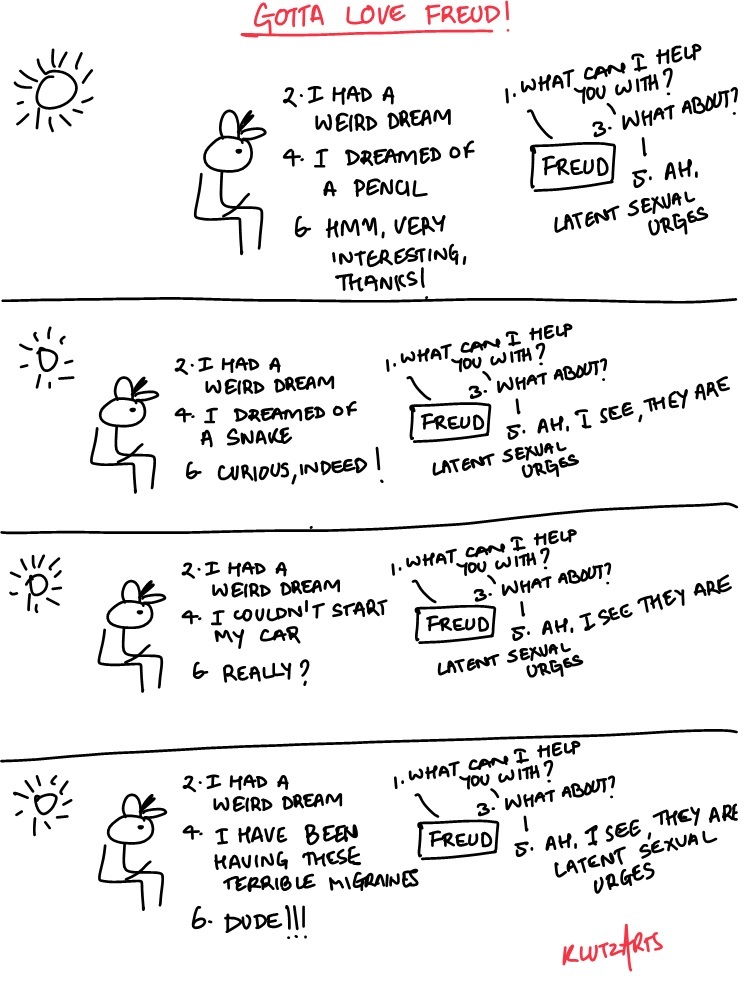Cupid and the Paintbrush is a short story written by PG Wodehouse – an English author and one of the most popular humorists of the 20th century. The story revolves around a man who proposes marriage to his love interest through a unique contest.
Let’s take a look at the plot summary of the short story:
Cupid and the Paintbrush: Summary and Plot Analysis
The story starts with the narrator (who is not named anywhere in the story except for his initials “R.A”) talking to Marjorie – his love interest.
The narrator tries to persuade Marjorie to get married to him. Marjorie, however, is reluctant about the idea of marrying him. She insists that she would “make him wretched”, and that he would “hate the sight of her in a few years” and that he has no idea what she’s really like.
RA doesn’t back down and continues trying to convince Marjorie to marry him. She remarks that she has nothing against marrying him per se, and that she actually likes him too, but it’s the idea of marriage that she is unsure about.
R.A is puzzled by this. “What is your objection to marriage in the abstract? Tell me the worst. Are you a woman with a mission?” he asks.
“Well, I suppose, I am, in a way. I want to paint.” she replies.
He then asks why would that stand in the way of her marrying him. She explains that she wouldn’t paint so much once she is married to him as she would get lazy.
RA assures her that that wouldn’t happen, as he is something of an artist himself. He then proposes a bargain to Marjorie.
“We will each paint a picture for the Academy this year, and whoever paints the better one has his or her way in the matter. Do you agree?”
Marjorie, after a little hesitation, accepts the offer.
The couple meets again after 15 days and discuss the progress they’ve made with their respective pictures.
RA, very cheerfully, informs Marjorie that he has chosen an allegorical subject for his picture. He intends to “represent a beautiful young lady dressed in a neat creation of white, standing on a rustic bridge with her back to a rather sweet thing in Turneresque sunsets.” He has titled the painting “Waiting”.
Marjorie then tells him that she is painting a landscape which has a cow in a corner.
RA is now convinced that his painting will easily win this contest, because the President (presumably the judge of the contest) will remember the beautiful young lady from his painting, and will hand him the win.
After the result of the contest is declared. RA pays a visit to Marjorie’s house, where he finds her crying.
He inquires if her picture was rejected.
“Yes” Marjorie sobs. “I see how silly I was ever to think that I could paint.”
RA consoles her and mocks his stupid contest. Once again, he implores her to marry him.
An emotional Marjorie says yes.
They embrace each other and make love.
Afterwards, RA tells Marjorie that he came in to ask her to accept his marriage proposal despite that stupid wager.
“But you won it.” says Marjorie.
RA then informs her that his painting also failed to impress “the Committee”.
Marjorie is surprised. “What! You were refused?”
“My picture was. I was accepted. By you. Don’t move.”
Following a long silence, RA proposes that they take to photography, share the same camera and “develop off the same plate”.
Marjorie comments that she realized that she never did think very highly of “the Academy”.
RA replies “Exactly what I have always thought about it. Don’t move.”
And the story ends with a rather cryptic line “She did not move”.
You can read the full version of this short story here
Cupid and the Paintbrush Review
This short story by Wodehouse is, in many ways, very much like his other stories. There is an underlying theme of humor which keeps you hooked to the characters and the plot.
However, this story is a little unusual in the way it concludes.
In the last few lines of the story, RA asks Marjorie to “not move” and she obliges by not moving. In the very last line of the story, Wodehouse emphasizes that Marjorie didn’t move.
This makes you wonder – is there a hidden meaning to this “do not move” reference? Has Wodehouse tried to convey something here?
I can assure you that when you read the story for the first time (which I highly recommend, by the way), you are highly likely to be puzzled by its conclusion.
Wodehouse has left it to readers’ imagination to make their own interpretations of the story.
What happens at the end of Cupid and the Paintbrush?
The end of Cupid and the Paintbrush is really cryptic as the story ends with “she did not move” in reference to Marjorie – the love interest of the narrator.
Let me share with you two interpretations that I made of the story’s ending:
The narrator was proposing to paint her, not marry her?
One way to look at the ending of the story is that right from the start, he sought Marjorie’s permission to paint her. This is conveyed in the story by means of R.A proposing marriage to Marjorie, when, in fact, he was proposing painting a picture of her, and wanted her to say yes.
Marjorie is not a real person?
One interpretation that I drew about the story’s ending is that Marjorie is not a real person. Rather, it’s an imaginary individual who R.A (who’s a painter) has fallen in love with, wants to draw her. Maybe that’s why he keeps asking Marjorie to not move (so that he could paint her)?
To be honest, I am really not sure what Wodehouse wanted to convey through the conclusion of this story. These are the two interpretations that I made.
However, I would love to hear your thoughts on it.
Here’s a challenge for you: What’s your interpretation of the ending of Cupid and the Paintbrush?
Share your thoughts and get featured on this website!
What do you think happens at the end of Cupid and the Paintbrush? What does it mean when R.A says the mysterious line “she did not move” in the end?
If you want to read the original copy of this short story by PG Wodehouse, you can read it here – it’s not more than 4 pages.
Please take a look at the story and share your interpretation of its conclusion in the Comments section. We would love to hear your thoughts.
If your interpretation of the ending fills all gaps and connects all dots of the story convincingly, then we would feature your interpretation in this article and credit you for it.
What our fellow FriendsofWords (FOWs) are saying
Sanebishop, a reader of FriendsofWords, agrees with my first interpretation of the ending, i.e. RA proposed to paint Marjorie, not marry her.
Sanebishop also presented an interesting perspective: could we be missing something that was more obvious 100 years ago, when Wodehouse originally wrote this short story?
I must admit that I had overlooked this aspect of the story – it is a century old tale!
Many things make sense only in a specific time period. There are many examples of stories, novels and movies that were huge successes when they first released decades ago, but if you read or watch them today, it’s possible that you may feel “That book/movie isn’t that great. I don’t understand why it got so popular.”
Is it possible that we, reading the story today, are missing something that made sense 100 years ago?
If that’s the case, then what is it that we’re missing?
In the end, let me just say this – this is a really underrated and relatively unknown short story from Wodehouse.
Believe me, I talked to a lot of people about the ending of this short story, but surprisingly, most people were unable to crack the mystery of the “did not move” line at the end.
I was first challenged to interpret the ending of the story by a friend. In response, I came up with two interpretations, which, in my opinion, are not as watertight as I’d like them to be.
Now, my dear reader of FriendsofWords, I present the challenge to you!



Leave a comment